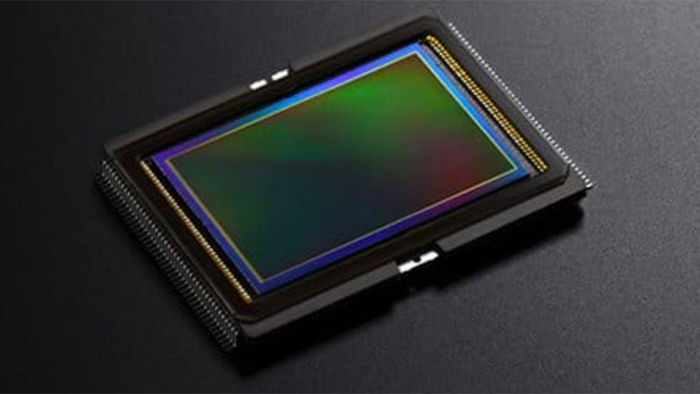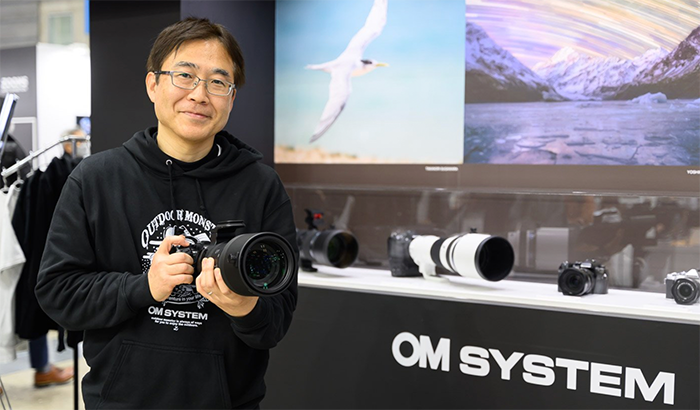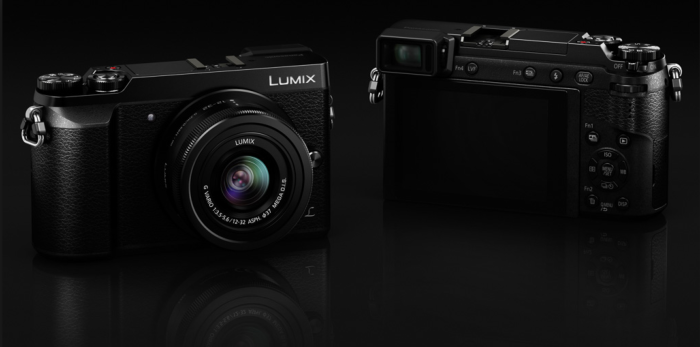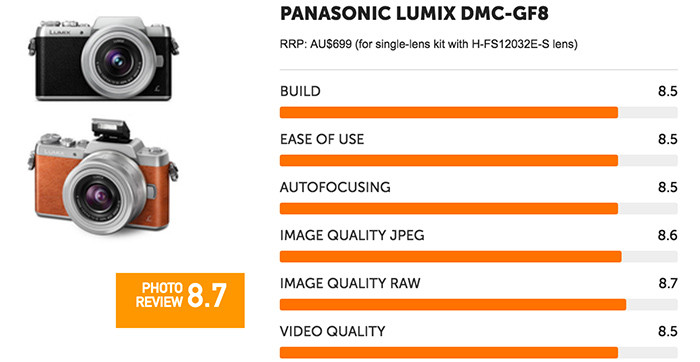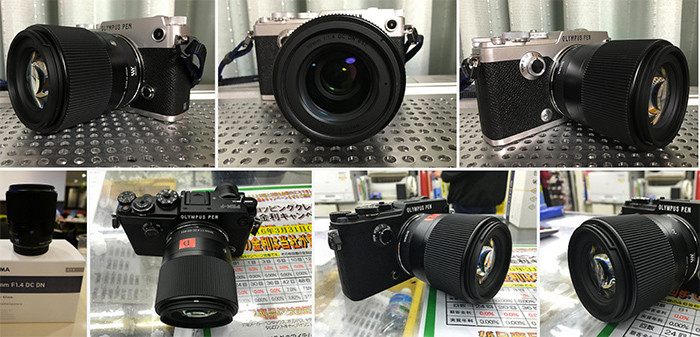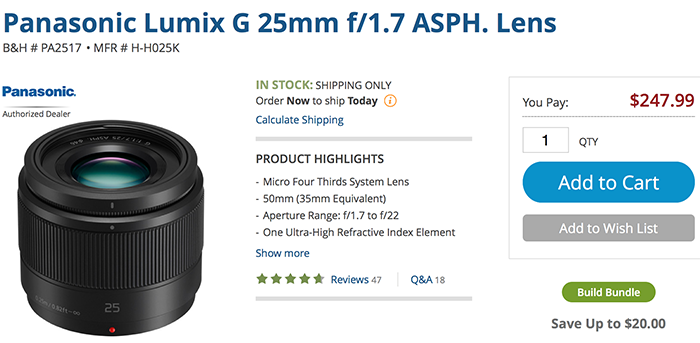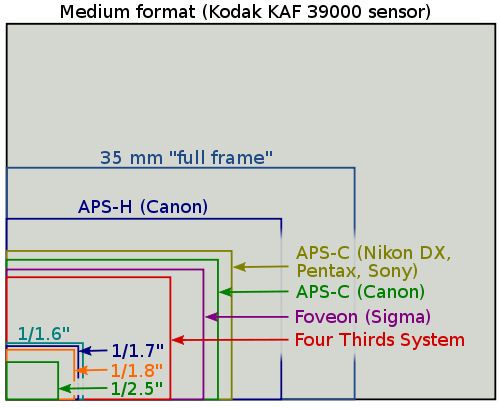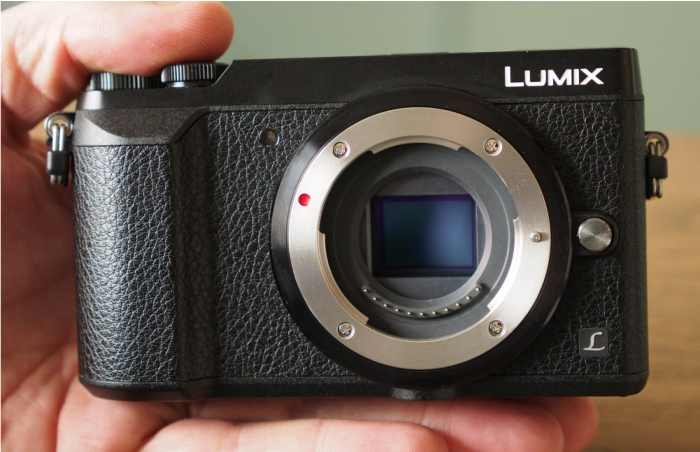
ePhotozine is the first site publishing a full review of the just announced new Panasonic GX80. Their verdict is:
The Panasonic Lumix GX80 offers a compelling set of features and shows that Panasonic are continuing to innovate in the digital camera market, with a new shutter unit designed to reduce shutter vibration as well as reduce shutter sound. They’ve removed the optical low-pass filter to improve image quality from the 16-megapixel sensor, and combined with the latest image processing from Panasonic, the results are very good. Panasonic has also introduced 5-axis sensor based image stabilisation, which is designed to work in combination with lenses with optical image stabilisation. Image stabilisation also works with 4K video recording, which means you can record high-quality 4K (UHD) video even when using the camera handheld.
The GX80 delivers images with very good colour and is capable of producing images with excellent detail, although does benefit from the use of high-quality lenses to get the best out of the camera. However, saying that, the 12-32mm kit lens produces good images, and is particularly convenient thanks to the extremely compact size, turning the GX80 into a camera you can easily take with your where-ever you go. For those that want some of the best features available in a mirrorless compact system camera, the Panasonic Lumix GX80 certainly ticks a lot of boxes, and with a wide range of Micro Four Thirds lenses available, it’s difficult to resist this camera!
The camera earned the five star edit’s choice award (maximum possible).
Cameras Reviewed also tested the camera and writes:
I’m not gonna mince words: It’s been a long time since I’ve had this much fun with an entry-level camera. I say that as someone who has handled just about every high-end system camera out there—the GX85 is a special camera, and it shows in the lab and out.
Not only does the GX85 offer a huge step up compared to a point-and-shoot camera, but it’s quite compact and has all the creature comforts you could want. Better yet, while you’d normally expect some measure of compromise at this price point, there’s very little of that here. In fact, the features that do make the cut (like dual image stabilization and 4K photo) are really going to help shooters of all levels get the shot they want—especially with fast-moving subjects or in low light.
Store links:
Black GX80/85 at BHphoto. Amazon. Adorama. WexUK. ParkUK.
Silver GX80/85 at BHphoto. Amazon. Adorama. ParkUK.
